The easiest no fail, no-knead sourdough discard bread is mixed together the night before, fermented overnight, and baked in the morning. This recipe has a soft, chewy crumb with a crusty exterior, and that tangy sourdough taste – without all the work.

I know, I know, this recipe isn’t a true sourdough bread recipe. While it does contain sourdough discard, it also contains commercial yeast.
This does two things. It makes it a no-fail recipe as the yeast helps the bread rise whether or not your sourdough starter is active enough. Which then, in turn, allows you to forego the kneading (or stretch and folds) in this recipe.
Sourdough discard bread is the perfect way to use up that extra sourdough discard. Serve it alongside soup, your favorite pasta dish, or make a robust sandwich.
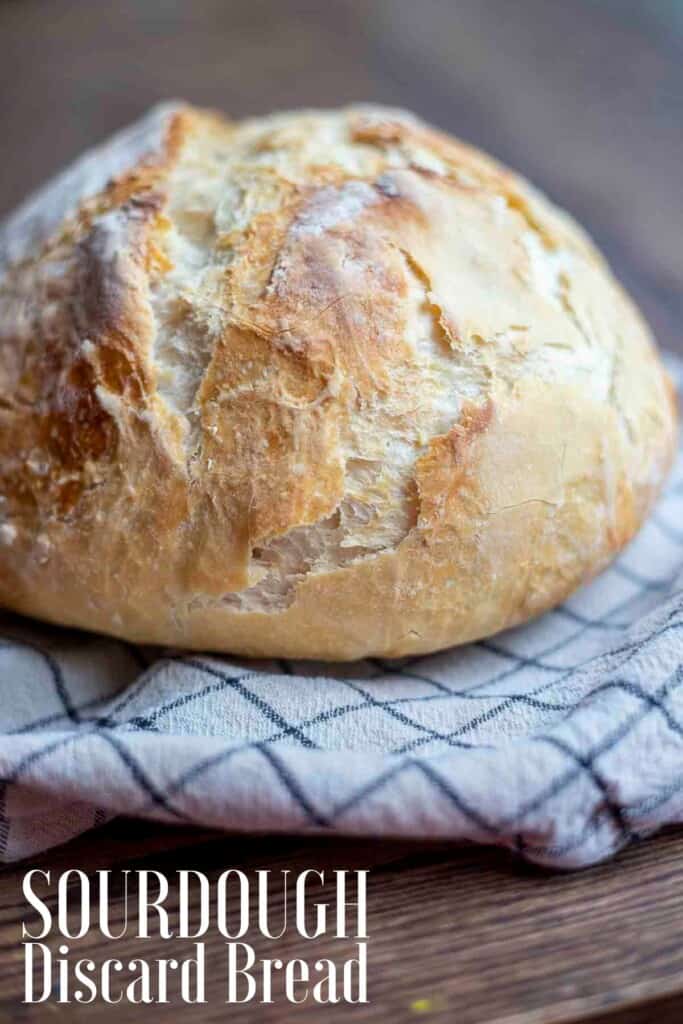
Why you will love this recipe:
Super easy: Mix it up, leave it overnight, shape and bake in the morning. About ten minutes of hands on time allows you to have the yummiest bread.
Delicious: That delicious sourdough tanginess, but without all the kneading and stretching.
Budget friendly: I’m always looking for healthy ways to stretch the grocery budget. This recipe is a great one, especially if you have a super busy schedule.
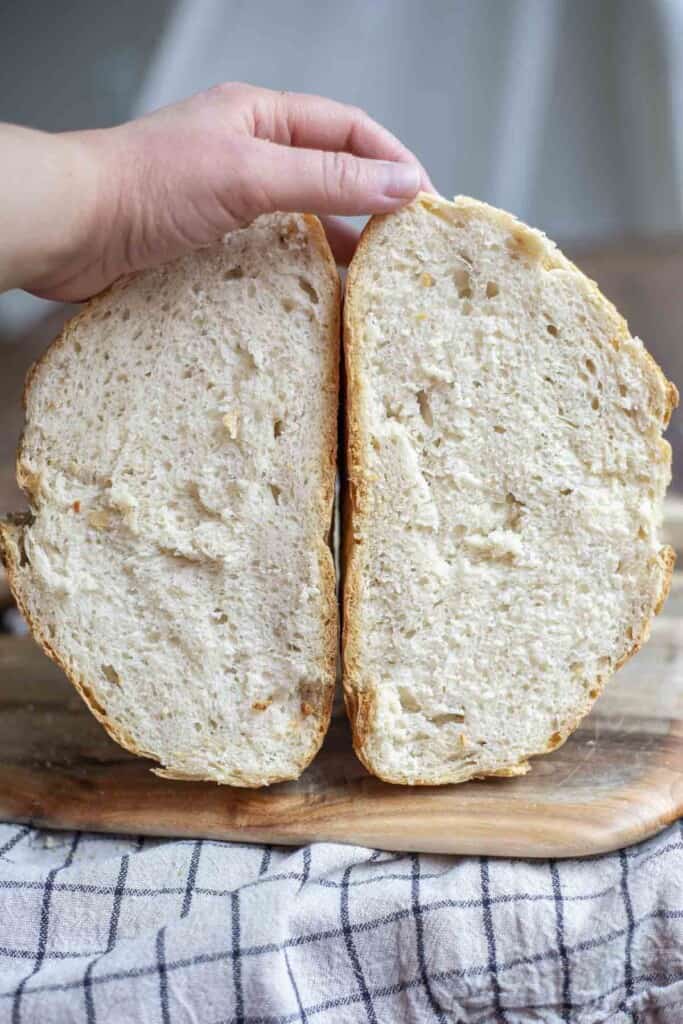
Tips For Making Sourdough Discard Bread:
- To make this bread fluffier and rise better, make sure not to skip adding tension to the dough when shaping. You can easily just plop it onto parchment paper and bake and still get a decent quality loaf, but taking an extra 2-3 minutes to pull the dough edges to the center and then cupping your hand and pulling the dough towards you on the countertop makes a huge difference.
- I like using active dry yeast for this recipe because it can have a slightly slower rise compared to instant yeast.When dissolving the yeast, make sure the water is around 110 degrees. Too hot and you run the risk of killing the yeast.
- To get that crusty exterior, you will need to bake the bread in a dutch oven.
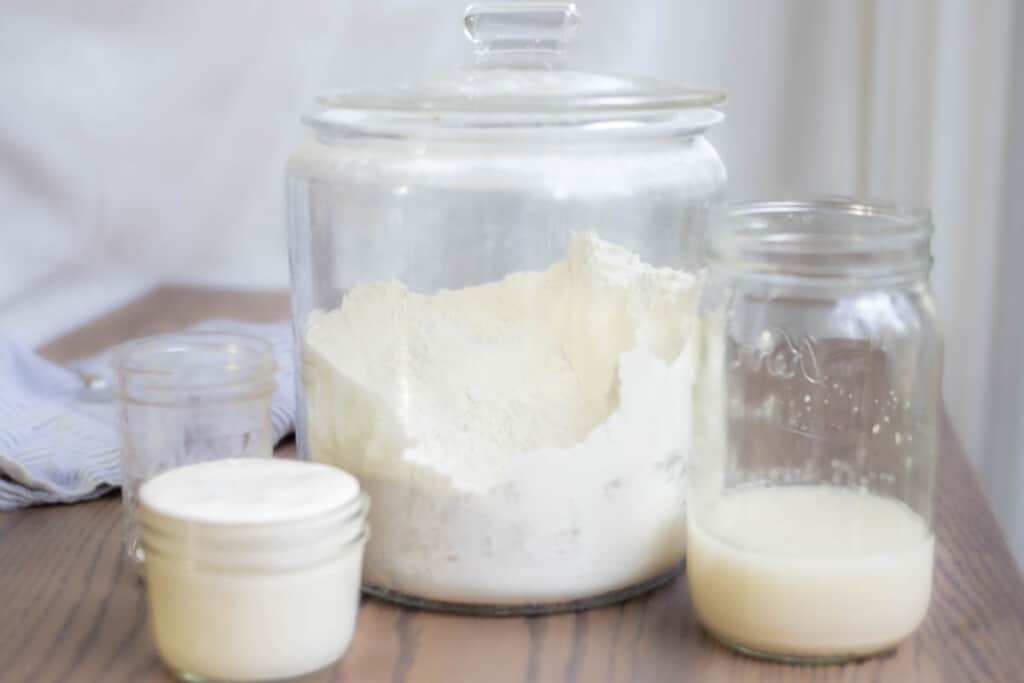
Ingredients:
All-purpose flour: If using freshly milled flour, choose hard, white wheat berries.
Active dry yeast
Sourdough discard: This is sourdough starter that hasn’t been fed in at least 12 hours. It is the portion you would typically just toss before feeding the starter. Active starter could also be used, but you will have a less tangy flavor.
Water: Preferably filtered.
Salt: I use sea salt.
This post contains affiliate links, which means I make a small commission at no extra cost to you. See my full disclosure here.
Tools you will need:
Large spoon or silicon spatula
Parchment paper
FAQ:
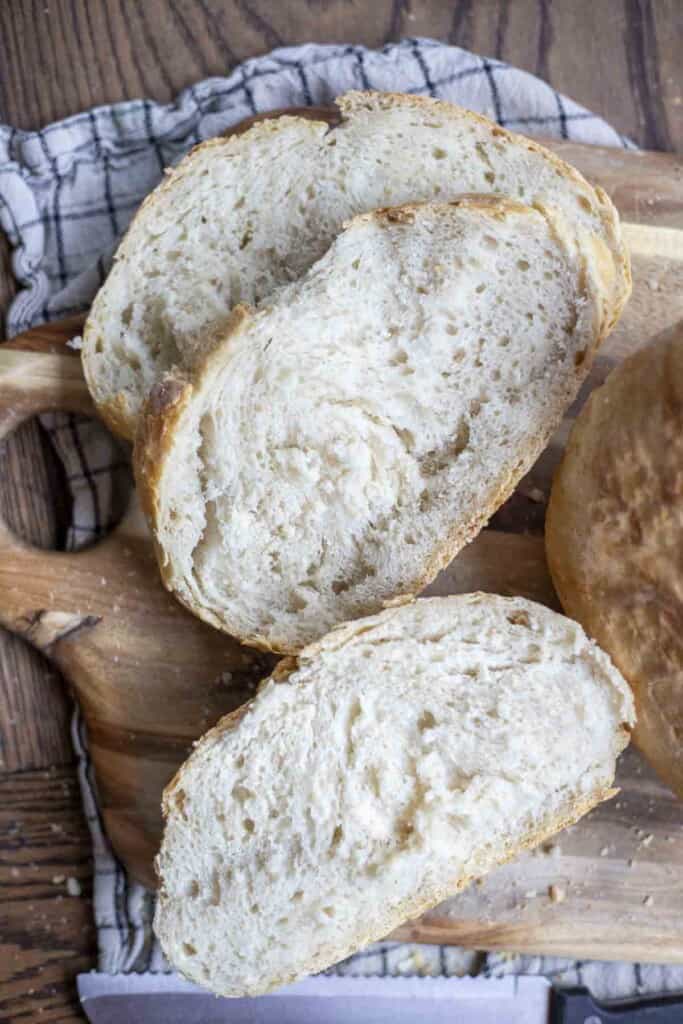
What can I use my sourdough discard for?
Sourdough discard is super versatile and can be used for so many recipes. Some options include muffins, quick breads (like pumpkin, banana, zucchini, etc.) pancakes, waffles, crackers, cakes, and more.
What is the difference between active sourdough and discard?
Active sourdough starter is starter that has been fed water and flour and allowed to sit until it is bubbly and about doubled in size. Sourdough discard is after the starter has peaked, and it has started to come down. It is the portion that you would typically throw away before feeding.
Although, at this point, I never throw away discard because it can be used in so many things.
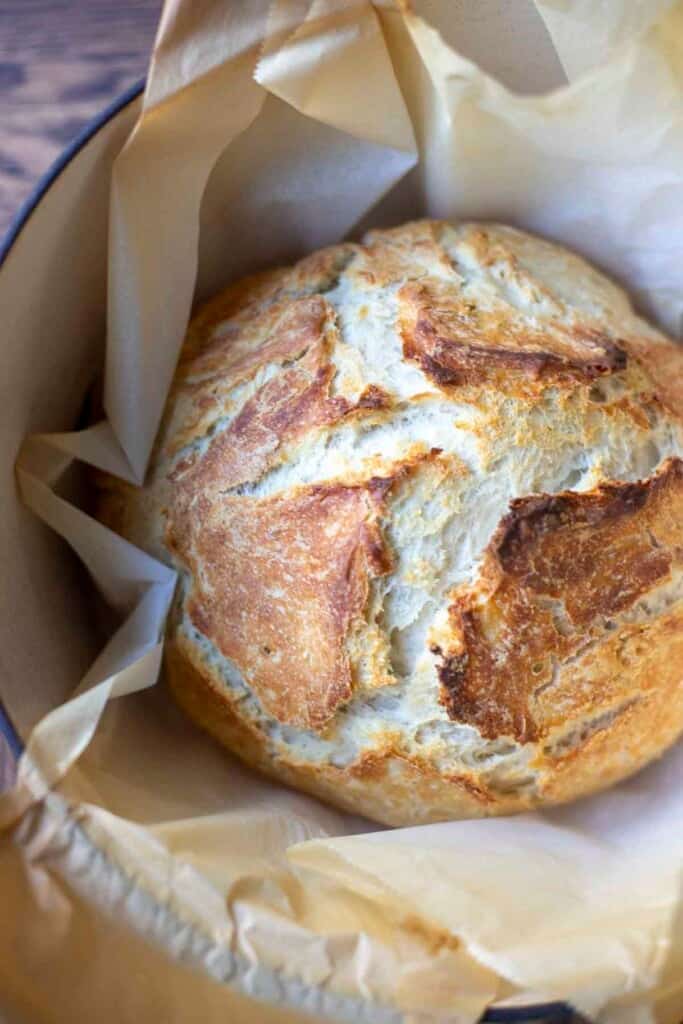
How To Make Sourdough Discard Bread:
Warm water to about 110 degrees. Add active dry yeast and stir. Allow to sit for about five minutes until it gets nice and bubbly.
In a large bowl, whisk together salt and flour.
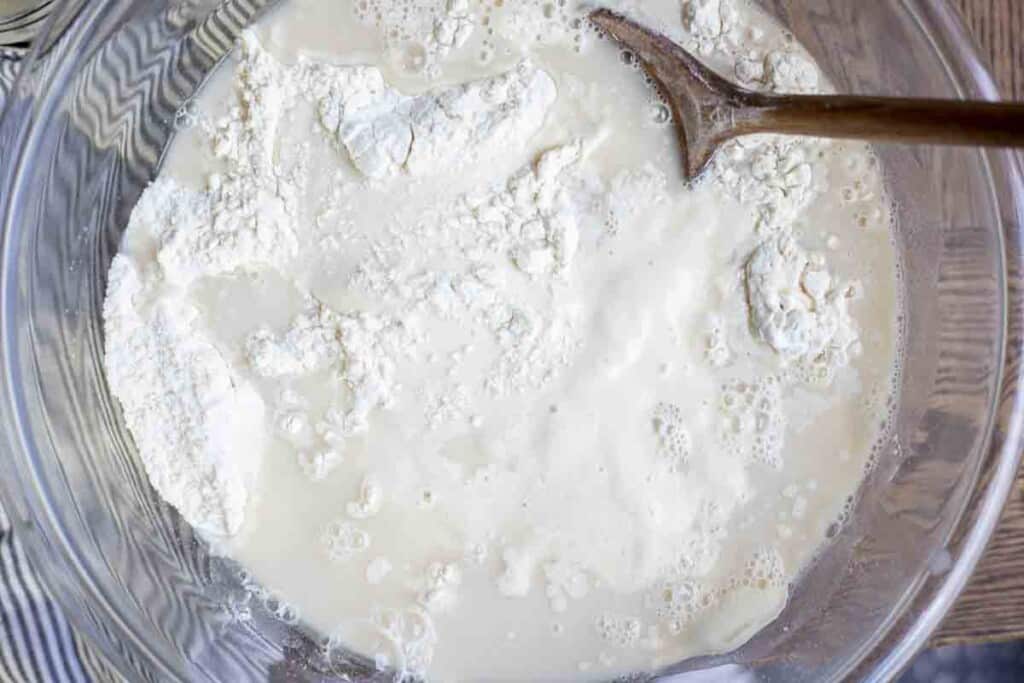
Add sourdough starter and yeast/water mixture.
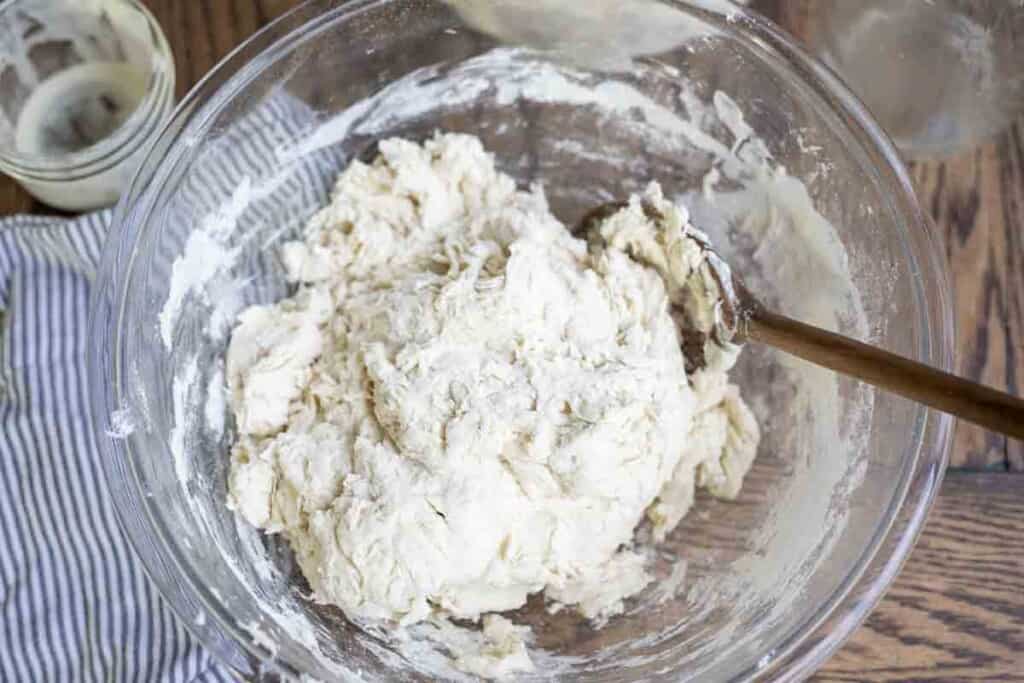
Mix well with a large spoon or silicon spatula. It will be a shaggy dough.
Cover with a lid or plastic wrap and leave at room temperature for around 12 hours.
The next day, preheat the oven to 450. Place your dutch oven and lid into the oven to preheat.
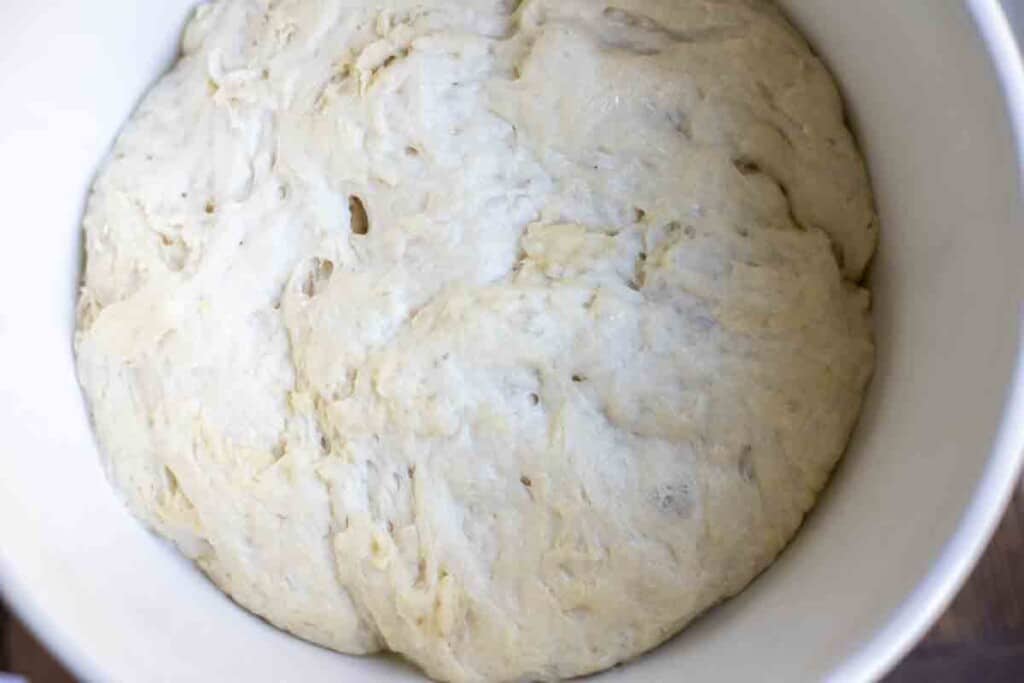
Turn the dough on a lightly floured surface. The dough will be pretty sticky.
Shape into a ball by pulling the sides and bringing them into the center. I do this about 4-6 times. Flip the ball over, seam side down.
Taking your hands, grab the dough and pull it towards you a few times. This adds tension (as does the last step) to the dough, which helps the dough rise more during baking.
Place the dough on parchment paper. Cover with a towel and allow to rise in a warm place for 30 minutes to an hour. The stove top works wonderfully for this as your oven preheats.
Slash with a lame or knife (if desired) and place the parchment paper and dough into the dutch oven and cover with a lid.
Place the dutch oven into the oven and turn the heat down to 400 degrees. Bake with the lid on for 30 minutes, then remove the lid and bake for about 20-30 minutes until golden brown.
Allow to cool completely before slicing. I usually just allow it to cool in the dutch oven.
Storage:
Store uncut bread in a paper or linen bag. Once cut, store cut side down on a cutting board lightly covered or in a storage bag. A zip-lock bag will also work.
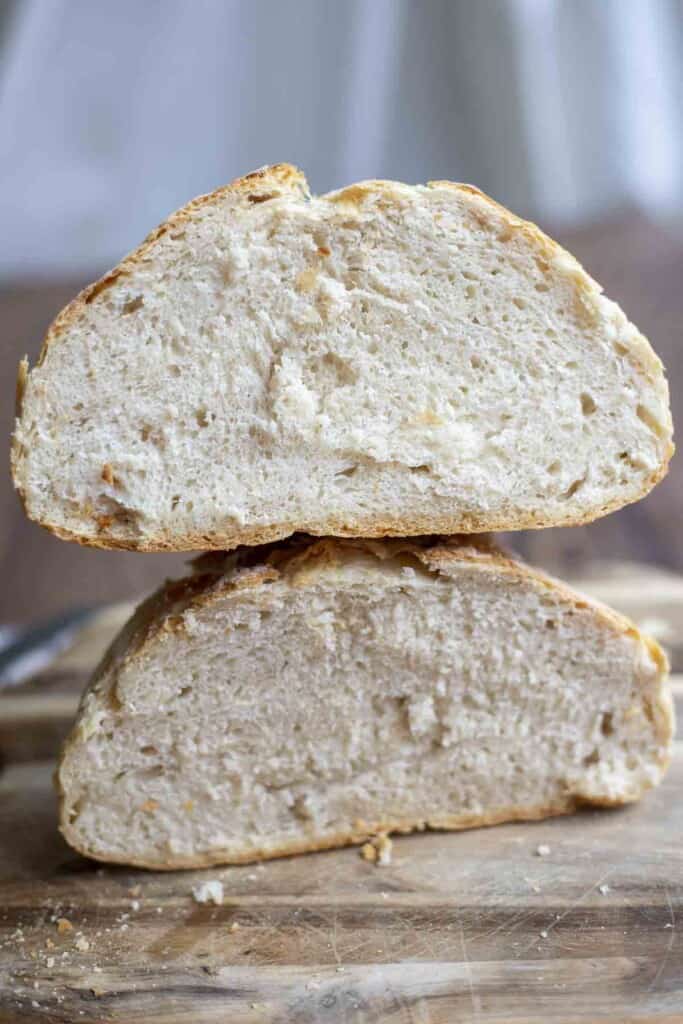
Baker’s Schedule
8 PM: Mix up the dough and cover. Leave at room temperature.
8 AM the next day: Preheat oven with dutch oven and lid inside. Turn dough out onto a lightly floured surface. Shape. Place on parchment paper and cover with a towel for 30 minutes.
9 AM: Bake, then allow to cool before slicing.
Find More Sourdough Recipes:
- Bread Machine Sourdough Bread Recipe
- Spelt Sourdough Bread
- Sourdough Rye Bread
- Sourdough Pumpkin Bread
- Pumpkin Sourdough Bread
If you try this recipe and love it, I would love if you could come back and give it 5 stars!
Sourdough Discard Bread
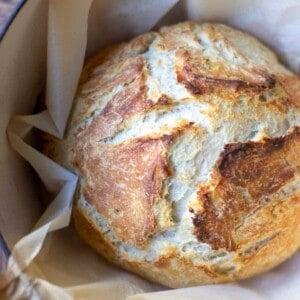
Ingredients
- 1 1/4 cup water, 295g
- 2 1/2 teaspoons yeast or one packet, 7g
- 2 teaspoons salt, 10g
- 1 cup sourdough discard, 255g
- 4 cups all-purpose flour, 575g
Instructions
- Warm water to about 110 degrees. Add active dry yeast and stir. Allow to sit for about five minutes until it gets nice and bubbly.
- In a large bowl, whisk together salt and flour.
- Add sourdough starter and yeast/water mixture.
- Mix well with a large spoon or silicon spatula. It will be a shaggy dough.
- Cover with a lid or plastic wrap and leave at room temperature for around 12 hours.
- The next day, preheat the oven to 450. Place your dutch oven and lid into the oven to preheat.
- Turn the dough on a lightly floured surface. The dough will be pretty sticky.
- Shape into a ball by pulling the sides and bringing them into the center. I do this about 4-6 times. Flip the ball over, seam side down.
- Taking your hands, grab the dough and pull it towards you a few times rotating the dough after each pull. This adds tension (as does the last step) to the dough, which helps the dough rise more during baking.
- Place the dough on parchment paper. Cover with a towel and allow to rise in a warm place for 30 minutes to an hour.
- Slash with a lame or knife (if desired) and place the parchment paper and dough into the dutch oven and cover with a lid.
- Place the dutch oven into the oven and turn the heat down to 400 degrees. Bake with the lid on for 30 minutes, then remove the lid and bake for about 20-30 minutes until golden brown.
- Allow to cool completely before slicing
Notes
- To make this bread fluffier and rise better, make sure not to skip adding tension to the dough when shaping. You can easily just plop it onto parchment paper and bake and still get a decent quality loaf, but taking an extra 2-3 minutes to pull the dough edges to the center and then cupping your hand and pulling the dough towards you on the countertop makes a huge difference.
- I like using active dry yeast for this recipe because it can have a slightly slower rise compared to instant yeast.
- When dissolving the yeast, make sure the water is around 110 degrees. Too hot and you run the risk of killing the yeast.
- To get that crusty exterior, you will need to bake the bread in a dutch oven.
Nutrition
Nutrition information is automatically calculated, so should only be used as an approximation.
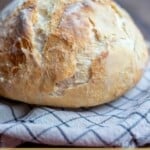
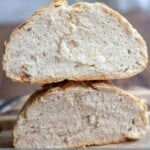
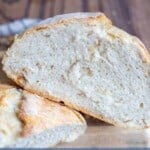
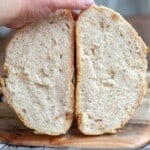


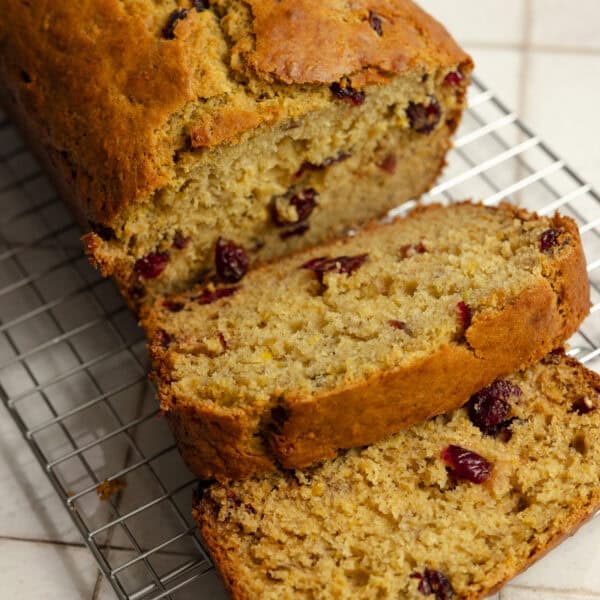

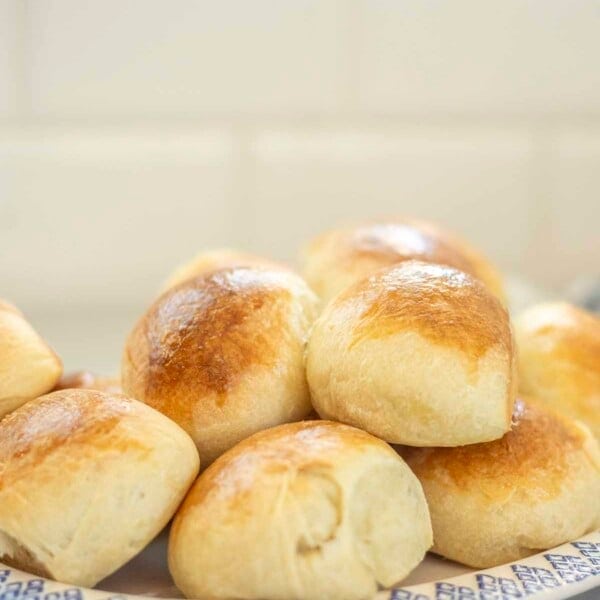






I feel like my dough is super dry with 4 cups of flour vs 1 1/4 cups water. Is a shaggy dough supposed to be fairly dry and dense?
Not super dry and dense. There is a picture in the post for reference. It does moisten as it sits overnight. It will depend on how thick your starter is as well. If you have a thicker starter, you may need to add a little bit of water if it is too dry and dense.
Does this have to sit out for 12 hours overnight? Would we not get the same results if it only sits 8ish hours?
Totally depends on the temperature in your house. You’ll want to look at the rise and make sure it has risen enough if you only do 8 hours of fermentation.
Hi. I am making a half batch of this to try. I am making two small loaves. How do I need to adjust cooking time?
I would start with 35 minutes for the cook time and monitor from there.
Can you use discard straight out of the fridge? I am swimming in discard and wanted to use some of it up. 🙂 Also, have you tested the recipe with SAF yeast?
Yes you can! And I have not tried SAF yeast.
What if my dough doesn’t turn out shaggy? It’s pretty sticky. It tastes delicious but I want to get it just right! Any suggestions? Thanks so much for the yummy recipe!
Usually once the gluten structure is developed, it will become less sticky.
Have you ever done the rise in the oven with the light on? This is where I keep my starter when feeding it etc. My kitchen is very cold especially at night. Do you think this will work or will it be too warm?
I have not, but I would think it would be okay. Just keep a close eye on it, as it may rise a lot faster.
This was absolutely delicious! I will definitely make this recipe again – thank you so much for sharing with us!
So glad you enjoyed it!
This turned out beautifully. I’ve been having a very hard time with sourdough. My kitchen stays too cool. But even though my starter was kinda flat it did the trick. The kids actually love it! Thank you for sharing; I will definitely keep this recipe on hand.
Glad it turned out alright!
Does this recipe make 1 or 2 loaves for a batard pan?
I’ve never used that type of pan, but my guess is probably one loaf.
the outside crust was really crusty, did i need to do something else
Sourdough boules will have a very crusty outside.
If you leave it covered in the oven for longer, it will be less crusty. I generally just leave the lid on the Dutch oven the whole time because I like it a little softer.
I used rapid yeast instead of active how long to I let rise before cooking
Let it rise until doubled.